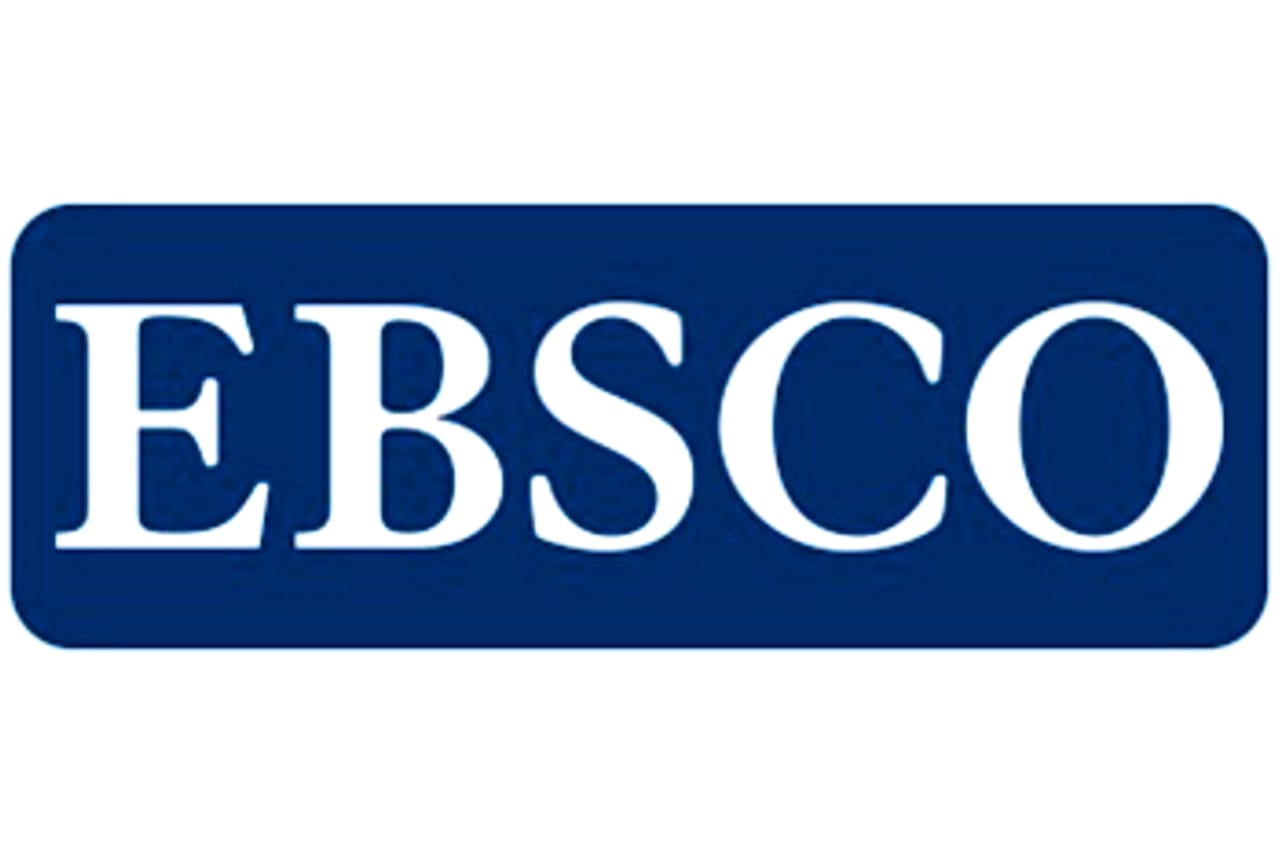The specificity of photoluminescence n-CdS/p-CdTe in semiconductor heterostructures
DOI:
https://doi.org/10.26577/ijmph.2022.v13.i2.02Abstract
The low-temperature (4.2 K) near-band-edge photoluminescence spectrum of a thin fine-grained (h, dcr≤1μm) polycrystalline CdTe layer in an n-CdS/p-CdTe film heterostructure subjected to frontal excitation by an Ar+ laser with an intensity of ~44 W/cm2 consists of a dominant intrinsic (e-h) emission band with a half-width ΔA=10-12 meV and a blue shift ΔEr » 25 meV of the red edge with respect to Eg, its LO+nLA phonon replica (ΔB»40 meV) with a weak doublet structure, and a wide (ΔD»100 meV) surface-interface luminescence band peaking at a frequency ħω»1.49 eV. Rear-side illumination of the photoresistive CdS layer in the intrinsic absorption range with an intensity Lill ≈ 5.102 lx almost completely destroys the e-hband and all related luminescence lines, which are replaced with an asymmetric polariton emission doublet having an exciton resonance frequency ħω»1.59 eV(Δex» 25 meV) and a wide line of shallow donor–acceptor pairs (ΔDAP»40 meV) at a frequency of ħω»1.54 eV, whose maximum intensity is almost two orders of magnitude lower than that of the A line in the absence of illumination.
















